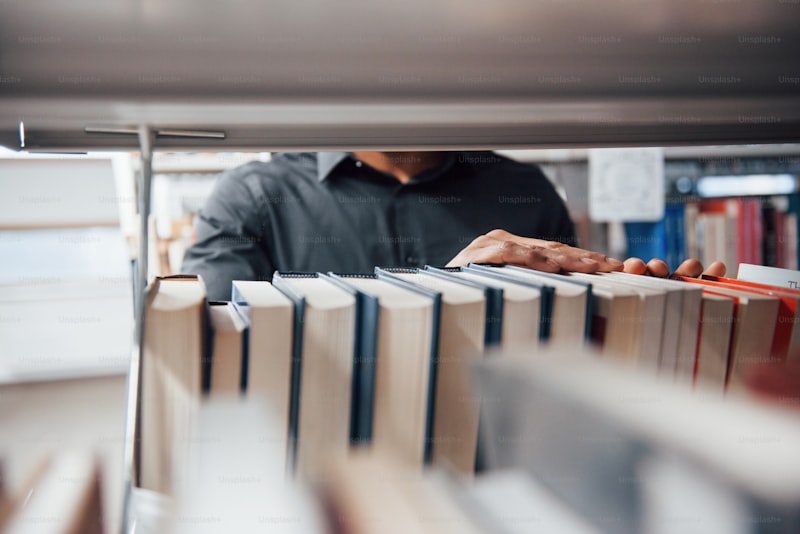How ancient gestures can boost your health, enhance your yoga and deepen your meditation.
Every so often it’s fun to add a new layer to your practice. Something that takes you a little further into the yoga experience, sheds new light on familiar territory, or guides the way towards uncharted realms within. Mudras can do this. These ancient hand gestures belong not only to yoga, but also to Indian dance, martial arts and kinesiology. They reveal to us that if we learn how, the power for transformation is in our hands.
Mudras For Modern Life is the ideal practical pathfinder for anyone keen to learn more about mudras. It’s organised by element: fire, air, ether, earth, water and the mind. Each chapter is dedicated to the part of the hand which corresponds to each of these elements, as well as their key holistic qualities and powers for balance and healing.
“Mudras act like switches to control the flow of prana to your body”
Written by Swami Saradananda, internationally renowned yoga and meditation teacher, Mudras For Modern Life introduces us with exceptional clarity to the subtle body’s energetics. Exploring how each individual finger corresponds to the functioning of the chakras within an ayurvedic framework, the book illustrates the subtle art and architecture of mudras. We learn not only what each part of the hand relates to, but how the parts of the hand can interact to manage chakra or dosha-based imbalances. Different finger-to-finger, finger-to-palm, and hand-to-hand actions work to increase and decrease different energies in the body. Moreover, when the qualities a mudra cultivates are incorporated into meditation, or an intention during yoga practice, the results can be powerful.
Holding feeling in our hands
The simplest and best way to understand these ideas is to practice the mudras themselves; your understanding is literally in your own hands. Swami Saradananda reminds us that “after our faces, our hands are the most expressive part of our bodies”. Doing these mudras illustrates that point: there is an undeniable ‘mood’ to each configuration of the hands, especially when practised alongside the book’s useful commentary. Working sensitively with this new way of interpreting and responding to your own mind, body and spirit can bring a whole new dimension to your practice, or just to a sitting meditation.
Verdict? A beautiful, and practically useful book
Swami Saradananda’s practical emphasis carries echoes of Sri. Pattabhi Jois’ famous remark that yoga is “99% practice, 1% theory”. The more you practice, the more you understand, the more you feel. Mudras for Modern Life is geared towards you using what you learn: in meditation, in yoga, in life. The final chapter offers a daily routine of seven mudras for maintaining mental and physical health, and also gives suggested routines for common ailments, with helpful explanations of those ailments in accordance with the five elements as used within Indian philosophy.
If you’re looking for a way to introduce something new to your practice, fine-tune your focus within it, or manage your mental, physical and emotional health with greater subtlety and depth, then Mudras for Modern Life is not just a must-read, it’s a must-do.
Thumb ~ Fire Mudras
In Chapter 3 we learn that the thumb relates elementally to fire, and to the Ayurvedic Dosha Pitta. The thumb’s corresponding chakra is the solar plexus, Manipura, and its physical associations are digestion, muscles, sense of sight. Its emotional associations are inner strength, willpower, self-esteem, courage and ambition.
Try Agni Mudra, Fire Gesture
“By freeing your thumbs of the other fingers, you free the fire element from the influences of the other four elements. This strengthens the nourishing fiery energy yogis call samana vayu. Holding Agni Mudra can increase your sensations of vitality and energy.”
Index finger ~ Air Mudras
The index finger’s element is air. It’s associated with Vata Dosha, the heart chakra Anahata, and in the body it relates to breathing, the circulatory system, arms and hands and the sense of touch. Emotionally, it is associated with freedom, joy, stress-relief, love, forgiveness and compassion.
Try Vayu Mudra, Air Gesture
“By pressing down on the index finger, you reduce and control the element this finger is associated with – air. This removes excess wind and dryness in the body and restores balance to your vata energy.”
Middle finger ~ Ether Mudras
The middle finger relates to ether, or the space existing around air. It’s associated with the throat chakra, Vishuddhi, and physically corresponds to the throat, mouth, ears and sense of hearing. Emotionally, it has to do with inner peace, self-expression, creativity and communication.
Try Akasha Mudra, Touching the Void Gesture
“By joining the thumb (fire element) to the middle finger, you stimulate the ether or space element, creating more space in your life.”
Ring finger ~ Earth Mudras
The ring finger’s element is earth. It relates to the root chakra, Muladhara, and physically corresponds to the skeleton, immune system, feet and legs, as well as sense of smell. It is associated emotionally with stability, groundedness and security.
Try Prithivi Mudra, Earth Gesture
“When you make a circle by joining your thumb (the fire element) and ring finger (earth element), you channel prana to move around the circuit. This stimulates the muladhara chakra and creates an energetic ‘spark’, like lightning striking the earth.”
Little finger ~ Water Mudras
The element of the little finger is water. It belongs to the sacral chakra, Svadisthana, and physically to an overall sense of wellbeing, body fluids, the urinary and reproductive systems, and sense of taste. Emotionally it relates to being able to move forward, let go, adapt, go with the flow.
Try Varuna Mudra, Water-balancing Gesture
“Bringing the tip of the thumb (fire element) to meet the tip of your little finger (water) intensifies the water element, restoring moisture to the body. This also symbolises the joining of opposites, countering rigid structures.”
Palm of the hand ~ Mind Mudras
The palm of the hand relates to the mind. Its chakra is the third eye, Ajna, and it corresponds physically to overall control of the body and senses. Emotionally, it is associated with concentration, intuition, intelligence and insight.
Try Ajna Mudra, Brow Chakra Gesture
“By stimulating the finger you use to point on the left side of your body, you motivate the right hemisphere of your brain to give you direction. Working with both hands helps to bring all viewpoints into balance.”













